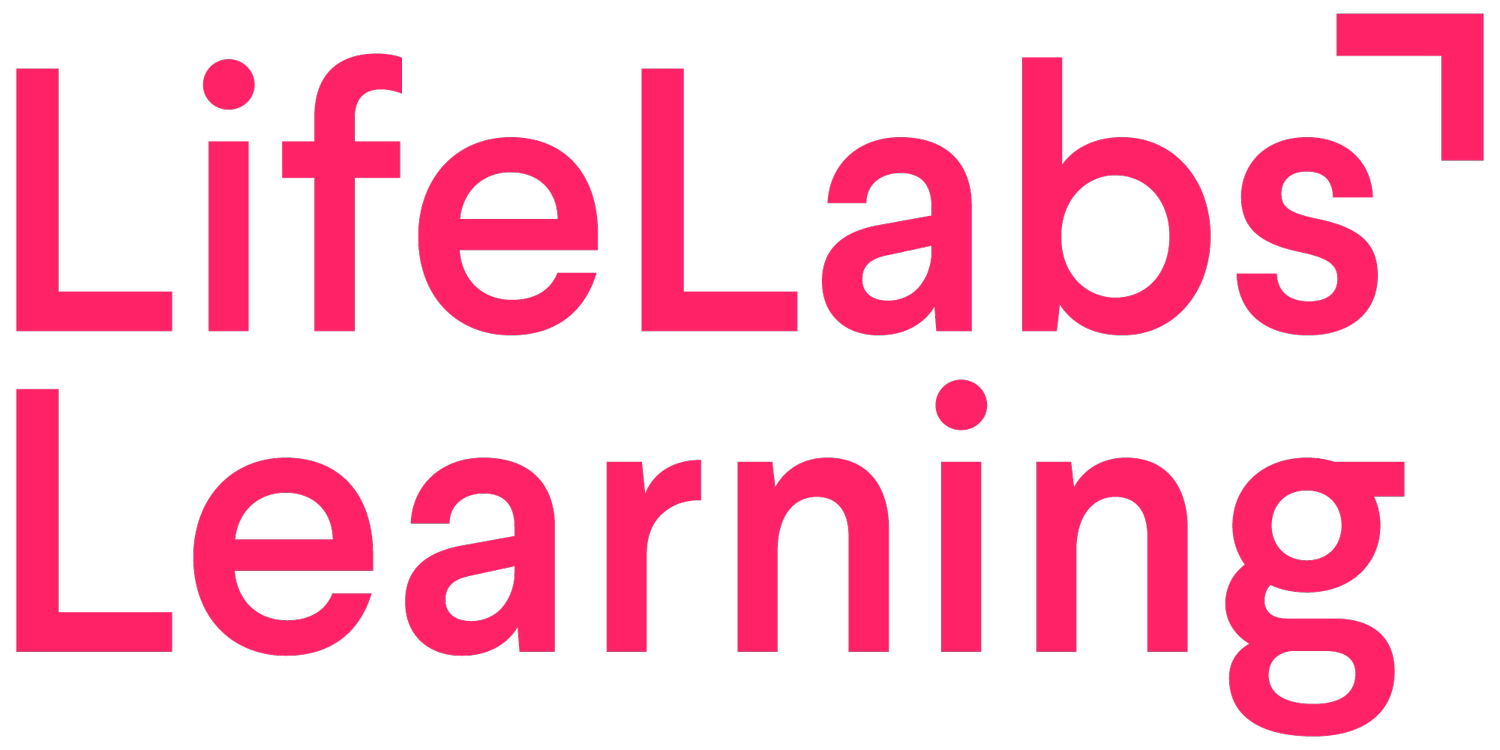3 Change-management hacks for people-managers
4-minute read
When I ask managers their biggest challenges with rolling out change efforts, the answers used to be “communication” or “framing”, but in 2021, the most common response is “change fatigue”. Despite change, innovation, creativity, and adaptability being explicit values at many of the companies I work with, the pure quantity of changes people have been asked to adopt in the last year and a half puts even the most resilient employee in a difficult place.
Unfortunately, our brain was not designed to thrive in an environment of constant change. People crave certainty. And with good reason. Our brains are hardwired to predict what will happen next so they can protect us and make sense of the world. We need to know that the change in question will not threaten our survival. When presented with a situation that is familiar or expected, on the other hand, our brain conserves energy by shifting into auto-pilot. In an environment of frequent flux, companies could benefit from tapping into this basic drive and create brain-friendly routines and rituals.
In their blog about change management, our friends at WalkMe say, “Whatever the reason for change, a well-structured approach is always essential. It will help employees to understand, accept, embrace and commit to the changes without resistance.” The reason structure and clarity are important is because “change can create fear, uncertainty, and loss of confidence and job security among employees.”
In a meta-analysis of the Gallup Workplace Audit and a series of focus groups, Harter, Schmidt, and Keyes (2003) linked the importance of statements like “I know what is expected of me at work” to both positive employee emotions and positive business outcomes. They went further to explain the role of a manager in providing this clarity and certainty.
“It is realistic to assume that numerous people in the workplace can influence whether someone’s expectations are clear, they feel cared about, and so forth. However, the manager or supervisor is in a position in which he or she can take the lead in establishing a culture that values behaviors that support these perceptions.”
When the strategy or vision of the company is flexible and uncertain, it falls on the shoulders of managers to provide workplace certainty to their teams.
To prevent workplace panic and provide certainty in uncertain times, here are three specific things managers have the ability to do.
1) Create routines and rituals for a sense of stability.
When the long-term vision or strategy is unclear, employees can become disengaged or unmotivated. The vision and strategy may be outside of a manager’s sphere of control, but all is not lost! Managers can help their employees gain stability and certainty by establishing routines and rituals. This can be morning stand-up meetings, consistent 1–1s, birthday celebrations, 3 pm coffee breaks, or weekly happy hours. Establishing stability gives the brain something to predict and expect.
2) Use a Kanban board to show success and progress.
Kanban boards provide a visual representation of a workflow, from a backlog, to doing, pending, and complete to show process and progress. In times of uncertainty, long-term success can feel like a reach, but small wins are still possible. Small achievements — even moving a task from the “doing” category to “complete” — can give someone a surge of dopamine, giving their brain a reward and inducing a feeling of happiness.
3) Encourage calendar-blocking for professional development.
In uncertain times, an employee may begin to question whether or not they belong at the company. Is their role valued? Do their goals align with the company? Will there be a place for them in the future? While these questions can’t always be answered, it is imperative to show employees that their development is valued. One way to do this is through encouraging calendar blocking of PD (personal development) tasks. Having long-term PD goals is great, but having a small task to work on each week/sprint/month is vital for making progress and feeling confident — leading to one’s own certainty in themselves.
At highly innovative companies, change isn’t just likely, it's certain. To create a culture where employees are motivated and engaged through change, managers need to provide additional certainty. Allow the brain to predict the future by providing rituals, displaying progress, and valuing professional development. Learn more about our Leading Change workshop.
Fill your inbox with first-to-know alerts and updates about the LifeLabs Learning blog. Sign up here and receive valuable and super juicy content you’ll love, we promise!
This piece was previously posted on Medium in 2018.
